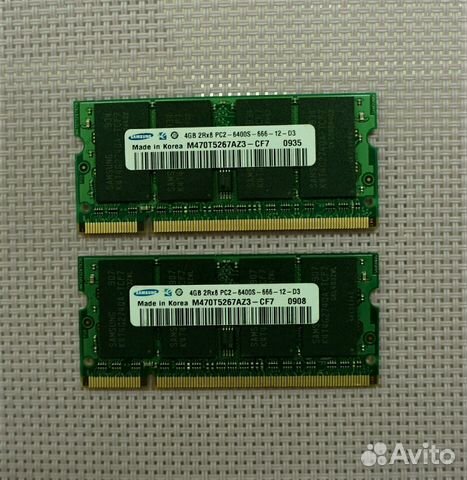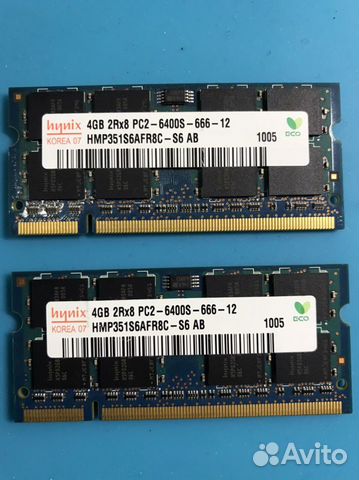
Память DDR2, ОЗУ 4 Гб, 800 МГц, для ноутбука с диаметром so-dimm, rams ddr2, 4 Гб, 667 дюйма, 4 Гб ddr2, память для ноутбука | Компьютеры и офис | АлиЭкспресс

Оперативная память DDR2 4 Гб для ноутбука, память 667 МГц PC2 5300 SODIMM 1,8 в 200 Контактов для AMD, память для ноутбука | АлиЭкспресс

DDR2 4GB PC2 6400S оперативная память для ноутбука 4G 8G 800 MHz, оперативная память для ноутбука 200-pin | Компьютеры и офис | АлиЭкспресс

Оперативная память для ноутбука Samsung SODIMM DDR2 4Gb 800MHz 6400s CL6 (M470T5267AZ3-CF7) Б/У: продажа, цена в Украине. модули памяти от "Интернет-магазин компьютерной техники "Батон"" - 791202660
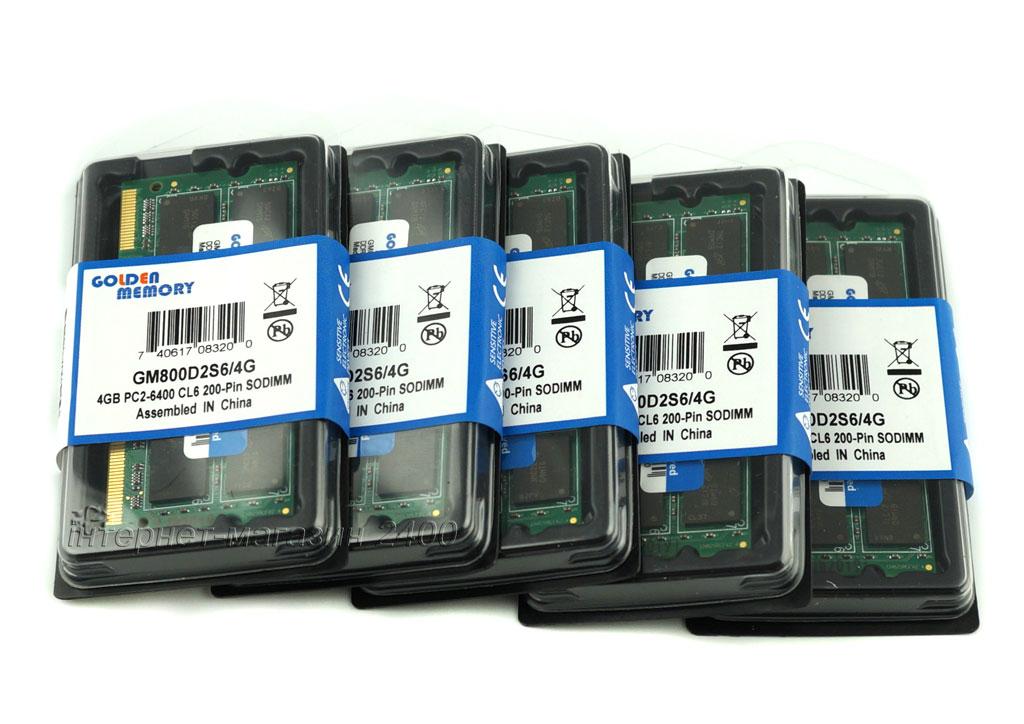
DDR2 4GB для ноутбука 800MHz SODIMM (ДДР2 4 Гб) оперативная память одной планкой Golden Memory GM800D2S6/4G, цена 1650 грн — Prom.ua (ID#1074975355)

Пара оперативной памяти для ноутбука Kingston SODIMM DDR2 4Gb (2Gb+2Gb) 800MHz 6400S CL6 (HPK800D2S6/2G) Б/У: продажа, цена в Украине. модули памяти от "Интернет-магазин компьютерной техники "Батон"" - 1169457800

Память DDR2, ОЗУ 4 Гб, 800 МГц, для ноутбука с диаметром so-dimm, rams ddr2, 4 Гб, 667 дюйма, 4 Гб ddr2, память для ноутбука | Компьютеры и офис | АлиЭкспресс
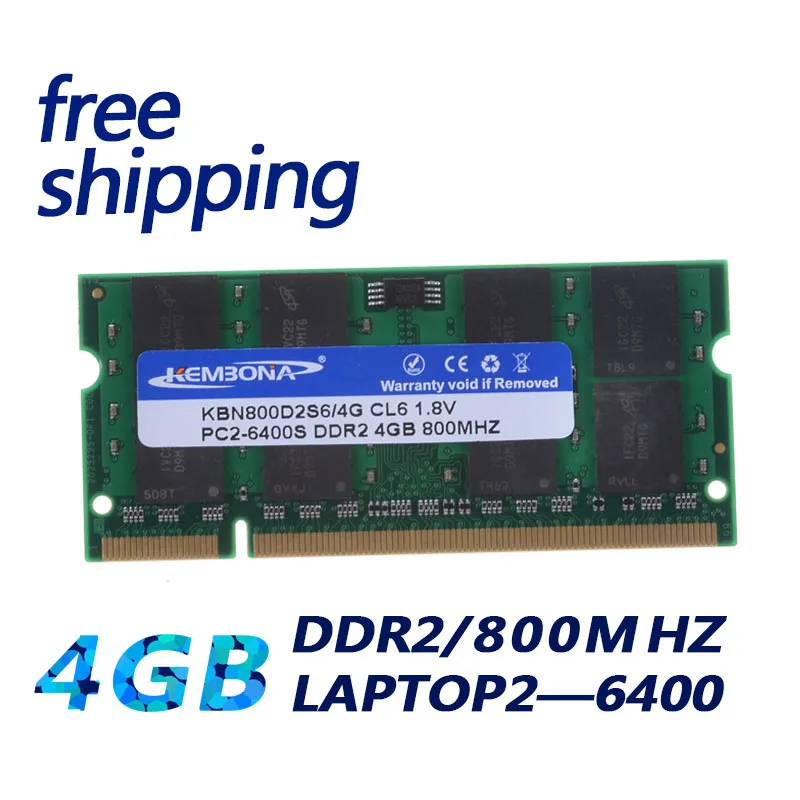
Оперативная память для ноутбука KEMBONA SODIMM DDR2 4 Гб 4G 800 МГц PC2-6400, модуль 200PIN | Компьютеры и офис | АлиЭкспресс

Пара оперативной памяти для ноутбука Spectek DDR2 4Gb (2Gb+2Gb) 667MHz 5300s 2R8 CL5 (ST2G2N667.16FH) Б/У: продажа, цена в Украине. модули памяти от "Интернет-магазин компьютерной техники "Батон"" - 1152876298

Модуль памяти для ноутбука SoDIMM DDR2 4GB(2x2GB) 667 MHz G.Skill (F2-5300CL5D-4GBSK) ᐉ купить артикул U0024303_arch в Киеве - супер-цена на запчасть – от 1744 грн. – интернет-магазин Strument (Украина)

Оперативная память для ноутбука Samsung SODIMM DDR2 4Gb 667MHz 5300S 2R8 CL5 (M470T5267AZ3-CE6) Б/У, цена 852 грн — Prom.ua (ID#1206442041)

Пара оперативной памяти для ноутбука Micron SODIMM DDR2 4Gb (2Gb+2Gb) 800MHz 6400s (MT16HTF25664HY-800G1) Б/У: продажа, цена в Украине. модули памяти от "Интернет-магазин компьютерной техники "Батон"" - 856041588
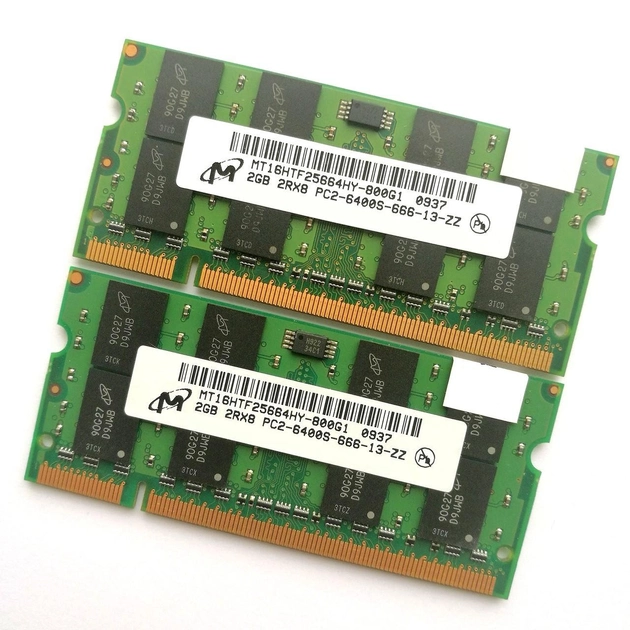
Пара оперативной памяти для ноутбука Micron SODIMM DDR2 4Gb (2Gb+2Gb) 800MHz 6400s (MT16HTF25664HY-800G1) Б/У – низкие цены, кредит, оплата частями в интернет-магазине ROZETKA | Купить в Украине: Киеве, Харькове, Днепре, Одессе, Запорожье,
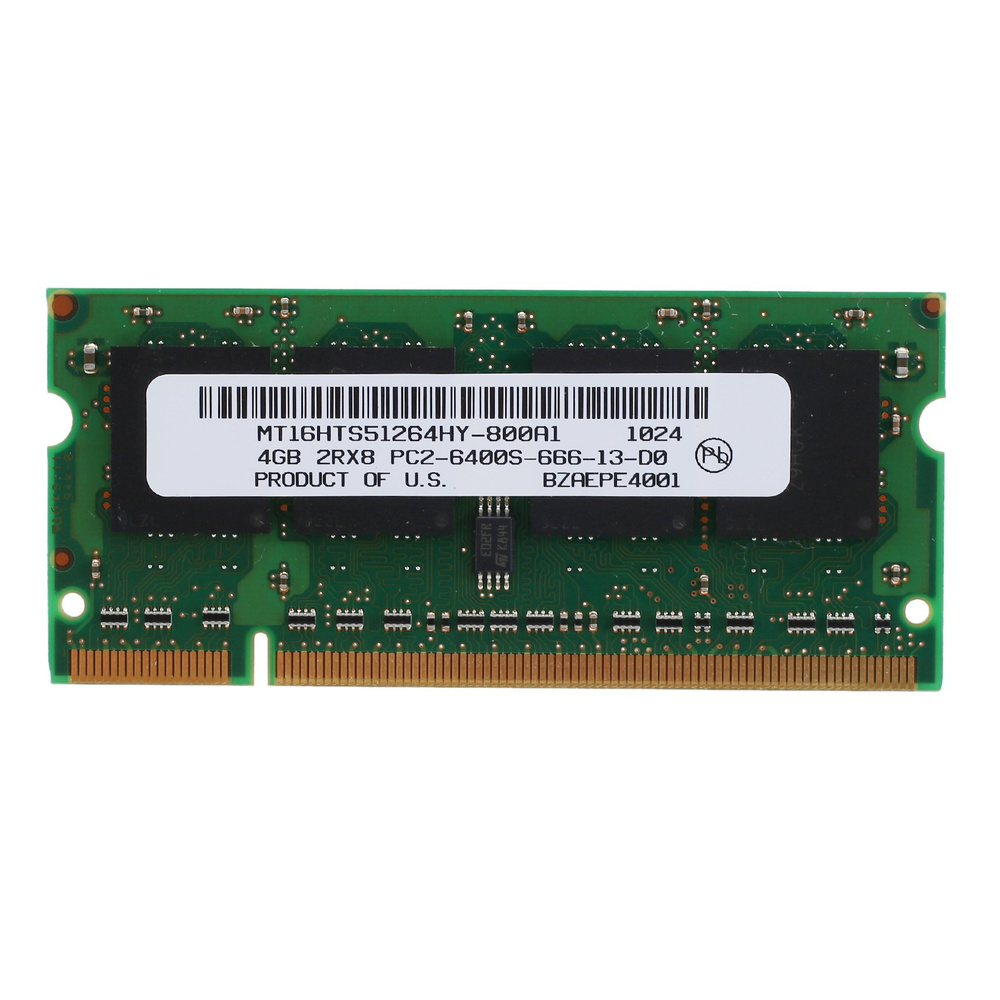
4GB DDR2 ноутбук Ram 800Mhz PC2 6400 SODIMM 2RX8 200 контактов для памяти ноутбука Intel AMD — купить в интернет-магазине OZON с быстрой доставкой

Пара оперативной памяти для ноутбука Samsung SODIMM DDR2 4Gb (2Gb+2Gb) 800MHz 6400s CL6 (M470T5663QZ3-CF7) Б/У, цена 330 грн — Prom.ua (ID#855863675)

Оперативная Память для Ноутбука Samsung SODIMM DDR2 4Gb (2*2Gb) 800MHz 6400S CL6 (M470T5663QZ3-CF7) Б/У — Купить Недорого на Bigl.ua (1218421801)

Оперативная память для ноутбука Patriot SoDIMM DDR2 4GB 800 MHz (PSD24G8002S) - купить в Киеве, Харькове, Одессе, Украине - цена, отзывы | AKS.ua

Китай 4GB DDR2- Стоит ли? Память для ноутбука Samsung установка# Дешево и полезно Тест-отчет - YouTube

Память Samsung для ноутбука, 4 Гб, фреза DDR2, 800 МГц, оперативная память для ноутбука, 4G, 800, 6400S, 4G, 200 контактов, фреза | Компьютеры и офис | АлиЭкспресс



